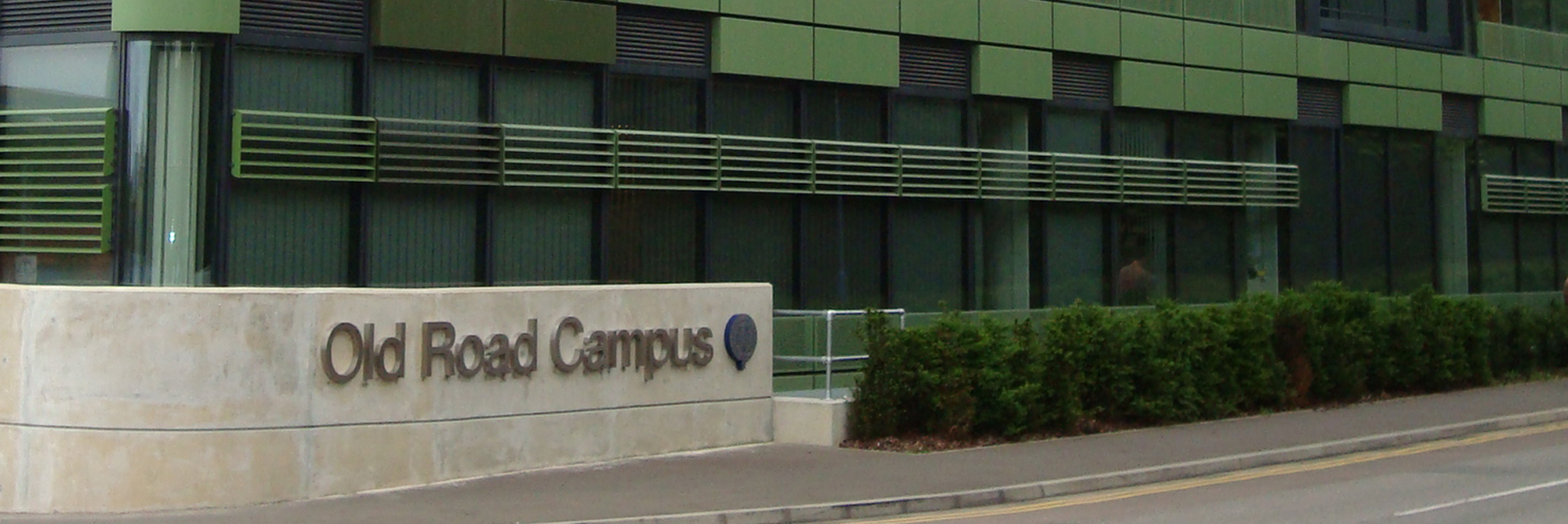Thrombotic Microangiopathy Associated Pregnancy Acute Kidney Injury
Key points
- Thrombotic microangiopathy (TMA) associated pregnancy acute kidney injury (AKI) is rare but isreported to be increasing.
- TMA associated pregnancy AKI is associated with high morbidity and mortality for both motherand baby.
- Further understanding of risk factors, timing of onset and anticipated recovery is required to assist with earlier diagnosis and treatment, thus reducing longterm morbidity and mortality.
Surveillance period
1st July 2021 – 30th June 2024
Background
Acute kidney injury (AKI) is defined as a rapid reduction in kidney function. Thromboticmicroangiopathies (TMAs), characterised by microangiopathic haemolytic anaemia, thrombocytopeniawith AKI, are rare in pregnancy but are associated with very high morbidity and mortality for mother andbaby1,2. Diagnostic delays and failure to give prompt treatment can be life-threatening3, and may lead to longterm requirements for costly renal replacement therapy for the mother and ongoing care associated with prematurity for the infant. Women with pregnancy associated AKI in high-income countries are more likely to die compared to those unaffected4 and fetal mortality and morbidity is also elevated with higher risk of stillbirth/fetal death, significantly reduced birthweight and early delivery for infants of women with pregnancy AKI4. Furthermore, AKI is no longer considered to be a benign event with complete recovery, and is a recognised risk factor for future chronic kidney disease, cardiovascular events and pre-eclampsia5,6 and increases healthcare costs. The incidence of pregnancy AKI is rare but reported to be increasing. Severe pregnancy AKI is poorly described making early diagnosis and intervention challenging for clinicians. Improved understanding of risk factors, timing of onset and anticipated recovery could lead to earlier diagnosis and treatment which would in turn reduce longterm morbidity and mortality known to be associated with the condition. These data will also provide important information to underpin future intervention studies to improve outcomes of pregnancy associated TMA with AKI.
Objective
To use the UK Obstetric Surveillance System (UKOSS) to describe the incidence, risk factors, currentmanagement and outcomes of pregnancy associated thrombotic microangiopathy (TMA) with severeacute kidney injury (AKI).
Research questions
- What is the incidence of thrombotic microangiopathy associated pregnancy acute kidney injury(AKI) in the UK?
- What are the characteristics of women with thrombotic microangiopathy associated pregnancyAKI?
- What are maternal (including renal) and neonatal outcomes associated with thromboticmicroangiopathy associated pregnancy AKI?
Case definition
All pregnant women who meet the following criteria:
- A rise in serum creatinine to >200 mmol/l
AND - platelet count <150x109 L
AND - at least one evidence of haemolysis (fragments on blood film, haptoglobin below lower limit of normal or lactate dehydrogenase above upper limit of normal).
Excluded: All women established on renal replacement therapy prior to the acute AKI episode.
Funding
This study is funded by a study grant from Alexion.
Ethics committee approval
This study has been approved by the London -Brent REC (Ref. Number: 10/H0717/20).
Investigators
Kate Bramham, Katherine Clark, Lisa Long, King's College London
Catherine Nelson-Piercy, Marlies Ostermann, Anita Banerjee, Guy's and St Thomas' Hospital
Edwin Wong, Neil Sheeran, Royal Victoria Infirmary, Newcastle upon Tyne
Graham Lipkin, University Hospitals Birmingham
Download the Data Collection Form (DCF)
References
- Dashe JS, Ramin SM, Cunningham FG. The long-term consequences of thromboticmicroangiopathy (thrombotic thrombocytopenic purpura and haemolytic uremic syndrome) inpregnancy. Obstetrics and Gynecology, 1998. 91:662-8.
- Vesely SK et al. ADAMTS13 activity in thrombotic thrombocytopenic purpura-hemolytic uremicsyndrome: Relation to presenting features and clinical outcomes in a prospective cohort of 142patients. Blood, 2003. 102:60-68.
- Chua J et al. Suspected atypical haemolytic uraemic syndrome in two post-partum patients withfoetal-death in utero responding to eculizumab. Nephrology, 2017. 22:18e22.
- Liu S et al. Temporal trends and regional variations in severe maternal morbidity in Canada,2003 to 2007. Journal of Obstetrics and Gynaecology Canada, 2010. 32:847-855.
- Chertow GM et al. Acute kidney injury, mortality, length of stay, and costs in hospitalizedpatient. Journal of the American Society of Nephrology, 2005. 16:3365-3370.
- Coca SG, Singanamala S, Parikh CR. Chronic kidney disease after acute kidney


